I went on a Nile cruise in Egypt. This is the one you need to go on.
More than a century after the discovery of King Tut’s tomb, travel through the heart of Egypt remains one of the greatest journeys of all time – especially in a polished, purpose-built vessel.
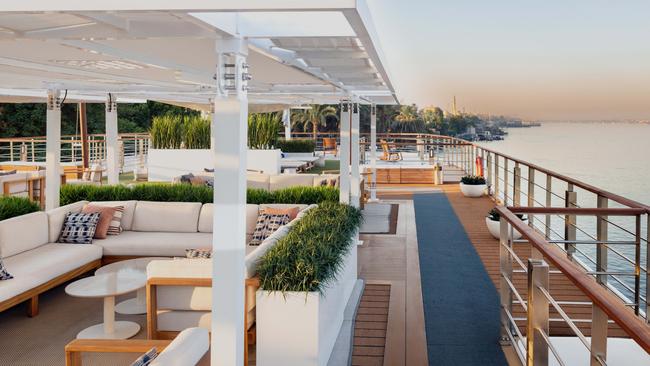
Cairo is, at first glance, confounding. I don’t know where to look or what to think, distracted by honking horns, thronging pedestrians and the unforgiving desert heat. The Egyptian capital has a faded grandeur and an air of mystery, as though if you peered beneath the gold fittings, royal purple seat covers and dusty apartment buildings, you might discover a cultural treasure – like when monumental wonders were plucked from their sandy tombs after generations. Navigating its labyrinthine streets, on foot and by car, revives me like a shot of syrupy coffee. As my driver weaves between multiple lanes of traffic, past vehicles battered by scrapes and fender benders, his mirror charms jingle like an Arabic pop tune.
I’m here to embark on a Nile cruise with Viking but, before we head to Luxor on a short flight, the urban attractions of the megalopolis are calling. Cairo is famously a city of contradictions: chaotic streets and orderly suburbs, medieval minarets and modern skyscrapers, and even the dress code veers from women in midriff tops to face-covering niqabs. Arriving at the Fairmont Nile City, an Art Deco-tinged hotel on the Corniche promenade, in the evening I don’t appreciate its prime location, but drawing the curtains in the morning to a ravishing view of feluccas and ferries flitting along the majestic river is a defining moment.
Cairo is, of course, the gateway to the Nile Delta. This storied body of water has informed every aspect of life in Egypt – art, music, culture as well as being the country’s primary source of food and wealth for millennia. Today, 95 per cent of Egyptians live within a few miles of the Nile. And it’s here in the capital, before we join Viking Osiris, that our itinerary begins with a flurry of excursions to choose from where we’re accompanied everywhere by learned Egyptologists. On my first day of exploration, visiting sites that include the Citadel of Saladin, the Egyptian Museum, and bustling Khan el-Khalili bazaar, I can see how Cairo’s oldest neighbourhoods and landmarks all hew to the river.
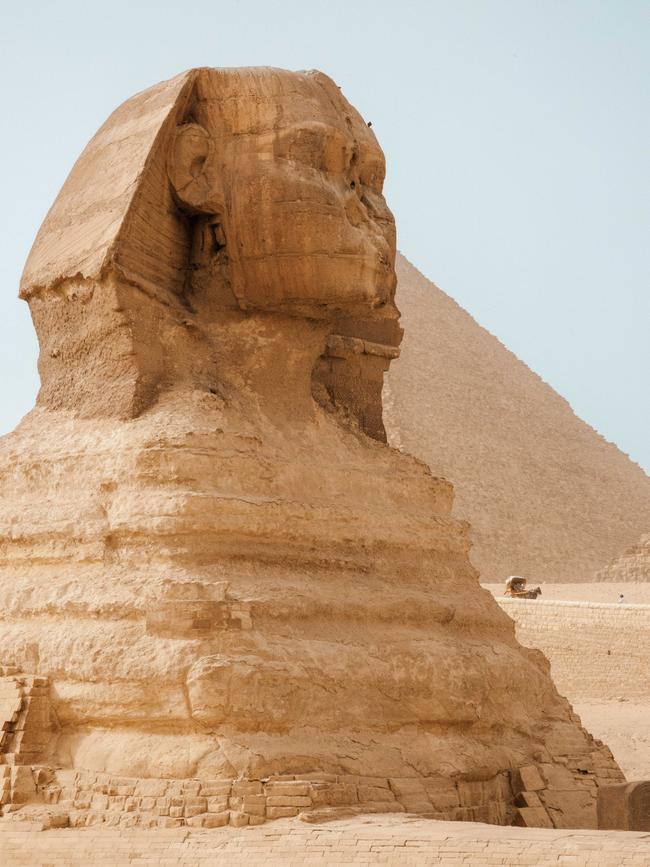
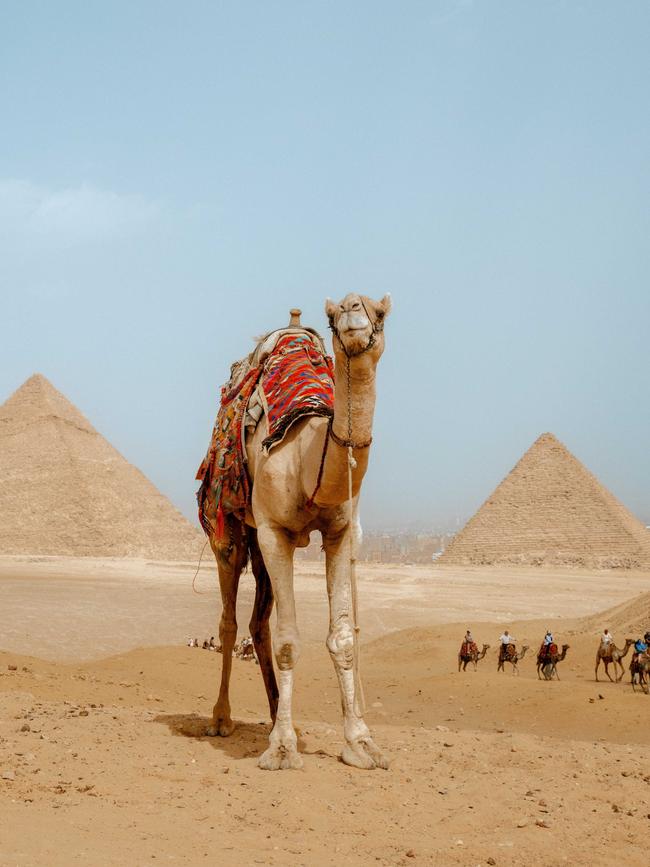
-
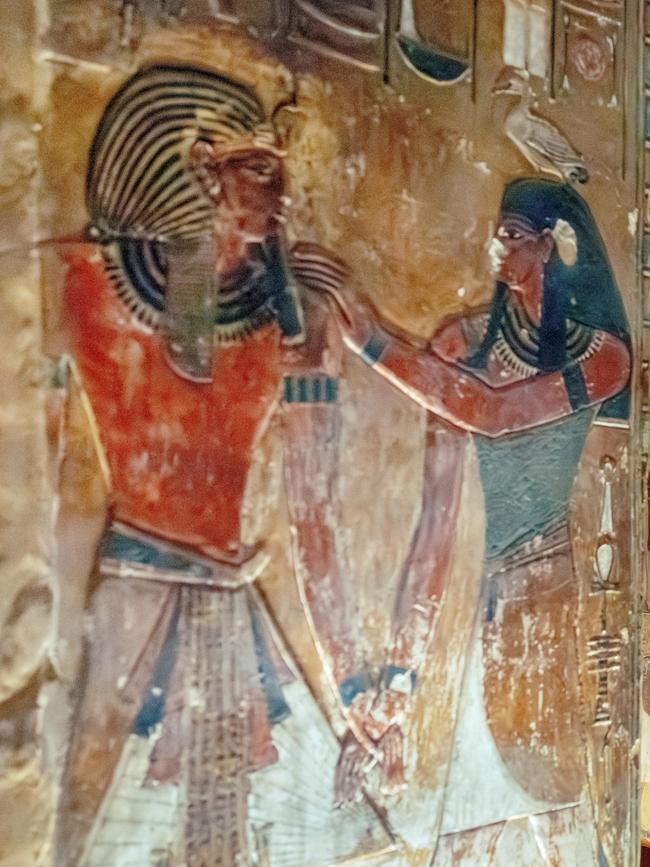
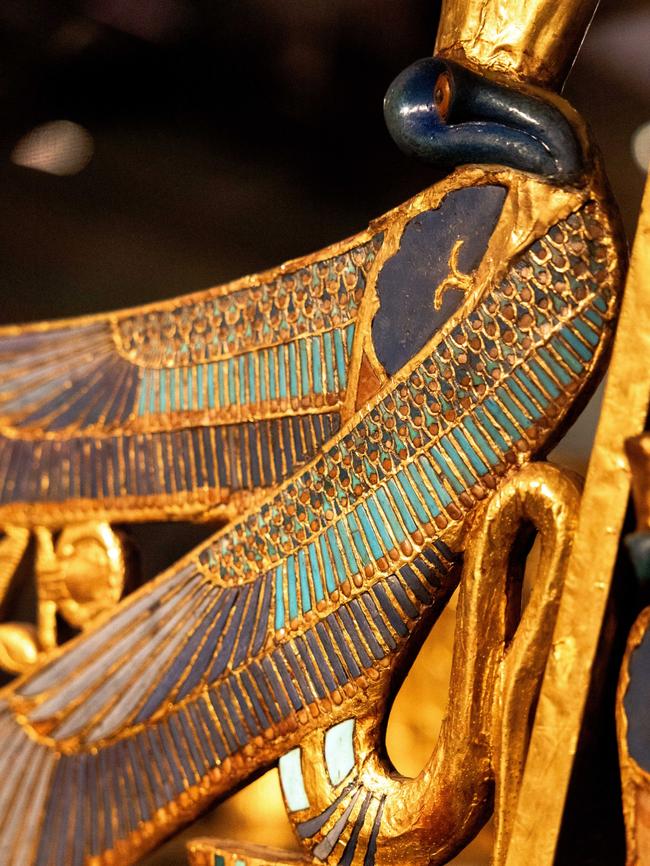
The following day, we make deeper inroads. A group of us venture 30 kilometres south of Cairo to the necropolis of Saqqara, part of the burial site for the ancient capital of Memphis. We reach the edge of the Sahara desert, a line drawn in the sand where lush fields and date palms vanish. The complex, still being excavated, hosts more than a dozen crumbling pyramids, including tombs from the Old Kingdom, with vivid ochre and malachite paintings still visible. In the burial chamber of King Teti, I admire perfectly intact hieroglyphs dating to 2300BC, while some of the chambers that belonged to ancient dignitaries are decorated with vivid scenes of life including fishing, cooking, and even dancing. The Step Pyramid of King Djoser rises nearby, built by the celebrated architect Imhotep – the first to use small blocks of limestone instead of mudbrick. He would be deified, too.
After a lunch of grilled meats, leafy salads and spiced rice, we drive to the Giza Plateau, past the imposing new Grand Egyptian Museum. The long-delayed institution is yet to officially open (although you can access parts of it), but is said to be the largest archaeological museum in the world. It’s easy to see why this site was chosen as it showcases the three pyramids like a postcard, with the largest and oldest – The Great Pyramid of Khufu from around 2560BC – in the foreground. All three stand roughly in a line with the Great Sphinx to the east. With the body of a lion and a face most scholars say is Pharaoh Khafre from the Old Kingdom, it still has the power to intrigue.
The temperature, a stifling 40-plus degrees, is not for the faint of heart. But once we’re aboard Viking Osiris in Luxor, the ship acts as a luxurious buffer to the mugginess.
Stylish and streamlined, it spans five levels, including a sun deck, the Aquavit terrace for casual indoor and outdoor dining, and a slimline pool at the rear. The main restaurant and lounge area sit directly below. With 41 staterooms it takes 82 guests, attended to by 48 cordial crew members. Despite geopolitical instability in the Middle East, travel in Egypt remains trouble-free and tourism flows freely. Viking is so passionate about the destination it is adding four sister ships to its local line-up, bringing the fleet total to 10.
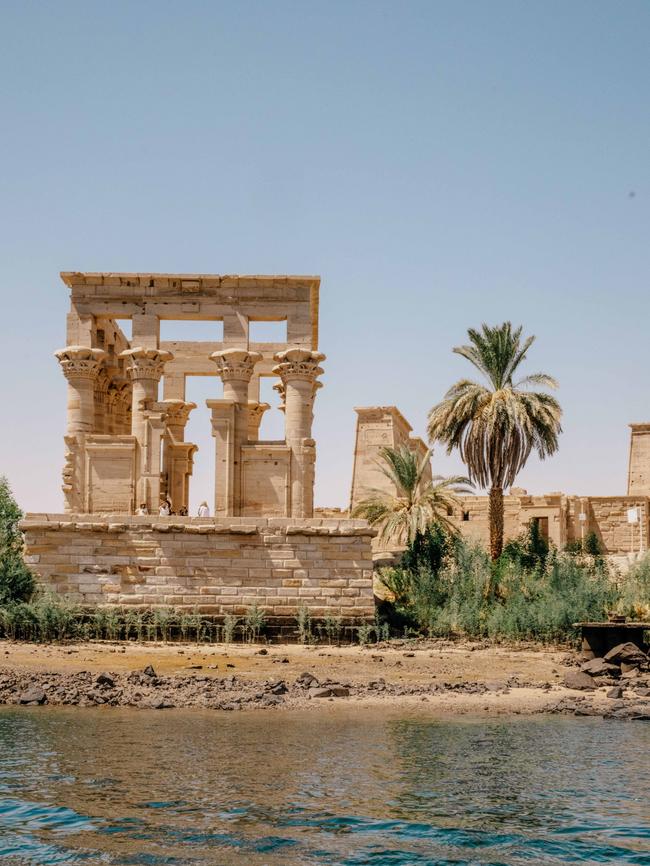
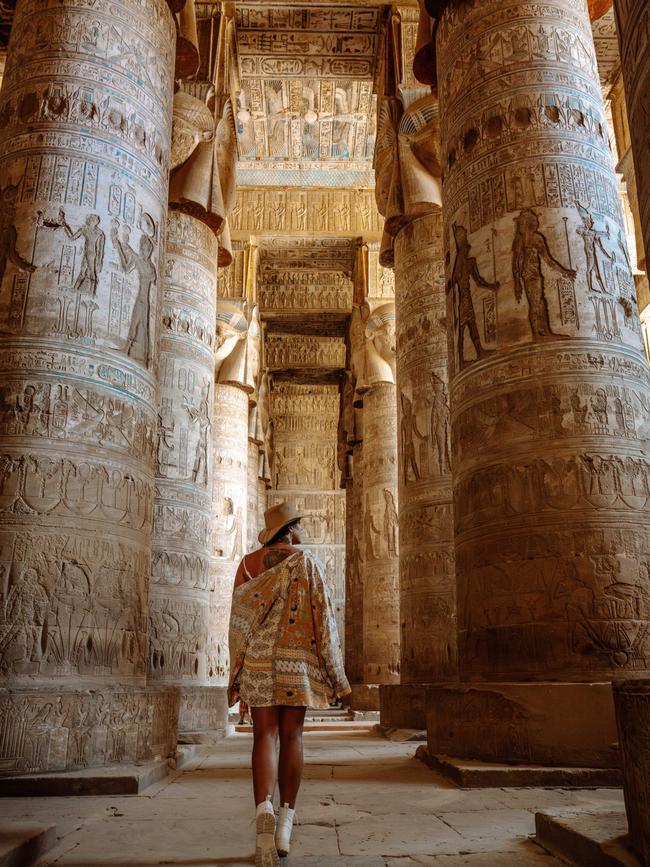
-

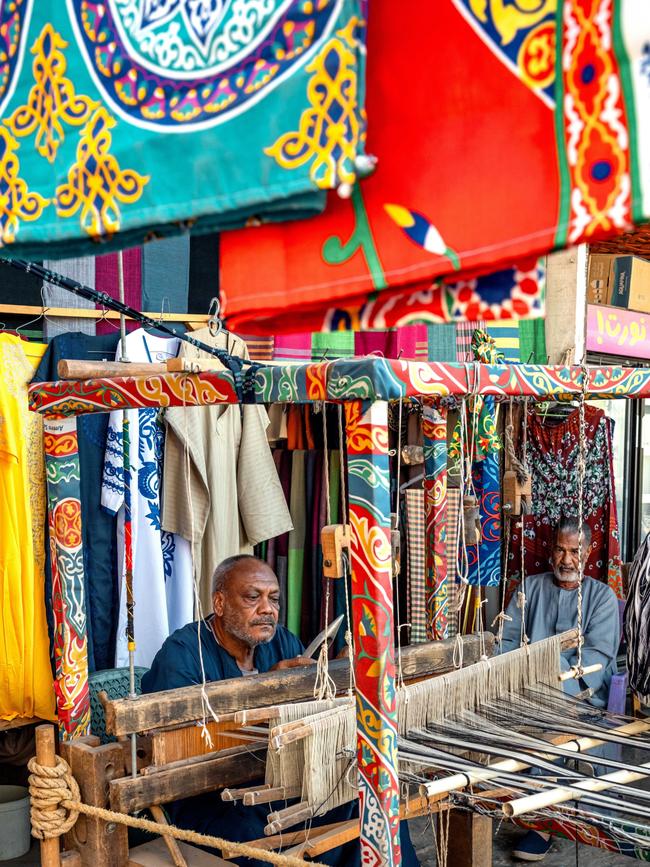
Luxor is the drawcard. Dubbed the “hundred-gated city” by Homer, when it was still Thebes, it is considered the spiritual capital of Egypt and the equivalent of an open-air museum. Though the sprawling Temple of Karnak is familiar to anyone with a television, nothing prepares you for walking around its Great Hypostyle Hall, an astonishing forest of 134 sandstone columns etched with carvings. We arrive at the nearby Temple of Luxor at sunset when the towering columns and colossal statues begin to glow against a pink sky, and children glide by on rollerblades in an adjacent park.
Back on the spotless ship, I wash off the dust from the day and repair to the roof for a fizzy apéritif. While chef Alexandre Martinov is a Bulgarian native, he is enthusiastic about Egyptian cuisine, and the menu spotlights different local specialties each day. “The vegetables here are incredible,” he says, before serving labneh-stuffed figs, okra and tomato rice, lamb koftas, and soft cannoli-like pancakes. The next morning, we are treated to the sight of multicoloured hot-air balloons hovering above the Valley of the Kings, a sunrise excursion for some adventurous guests. Later that day, I descend into Tutankhamun’s tomb to view his solitary mummy covered in a modest white sheet and interred in a glass case. Even more shocking than the simple display are the tourists, clearly not familiar with the curse of King Tut, who take selfies behind it.
The tombs (at least 63 in the Valley of the Kings and Queens) were considered portals to the afterlife, with small doors giving way to decorated tunnels. Seti’s is the most remarkable one that I see, but Nefertari’s is sadly closed for restoration. On the other side of the valley, carved into a hill, lies the Mortuary Temple of Hatshepsut. A formidable female pharaoh, whose legacy survived attempts to erase it from history, her cathedral-like shrine is mighty impressive. All along the west bank of Luxor we pass numerous other burial sites, including the Temple of Amenhotep, still being pieced together like a jigsaw puzzle. There is so much more to be unearthed, studied and catalogued – Egypt’s antiquities seem almost infinite.
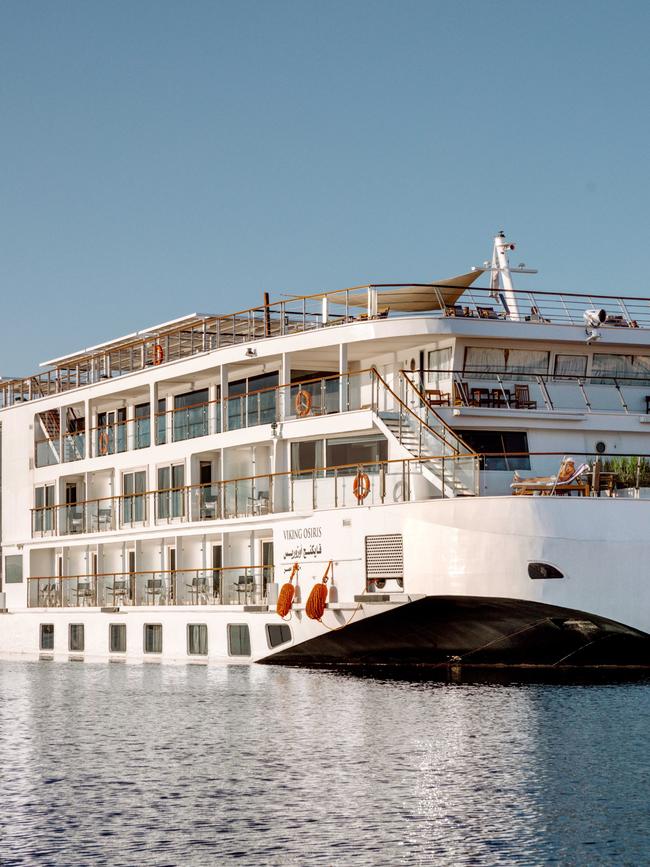
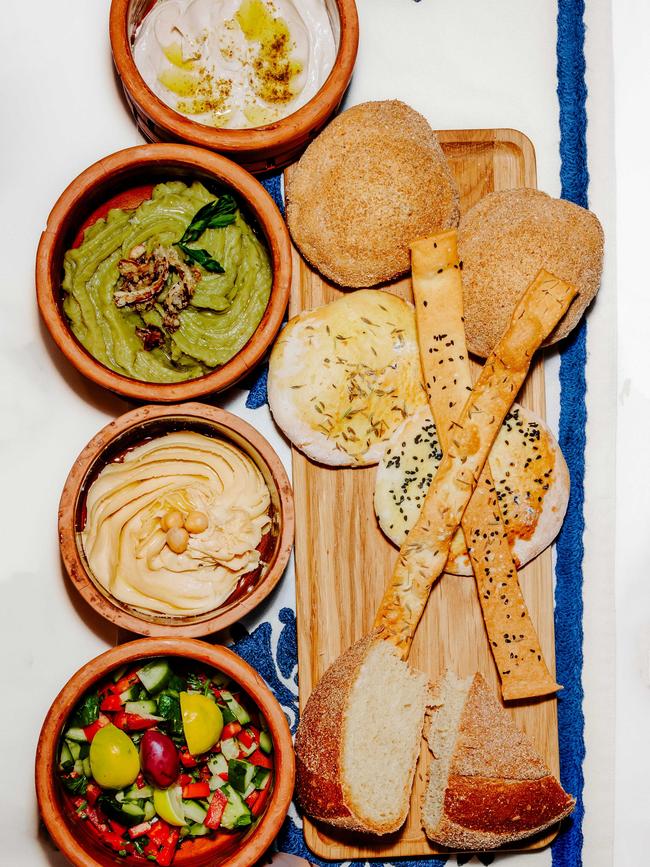
-
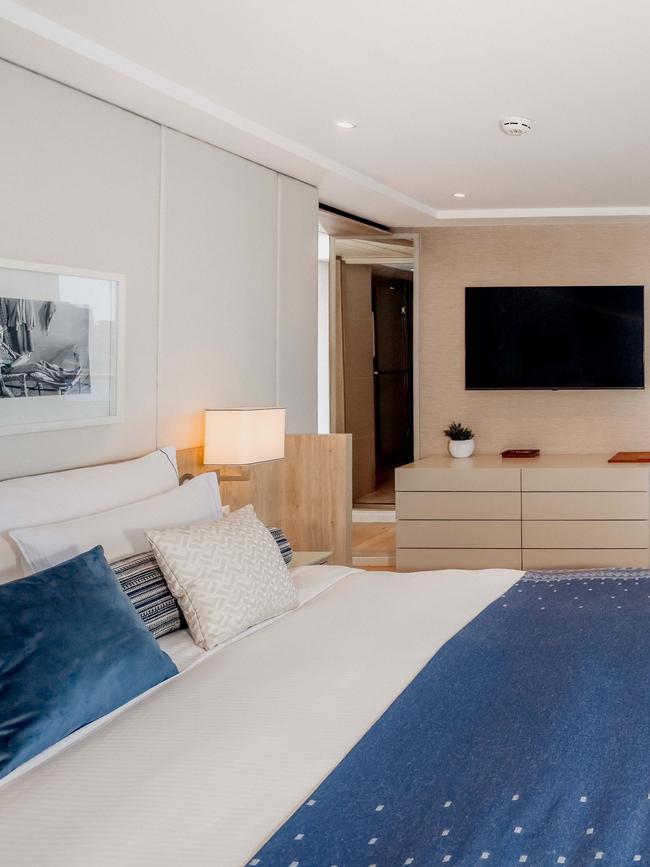
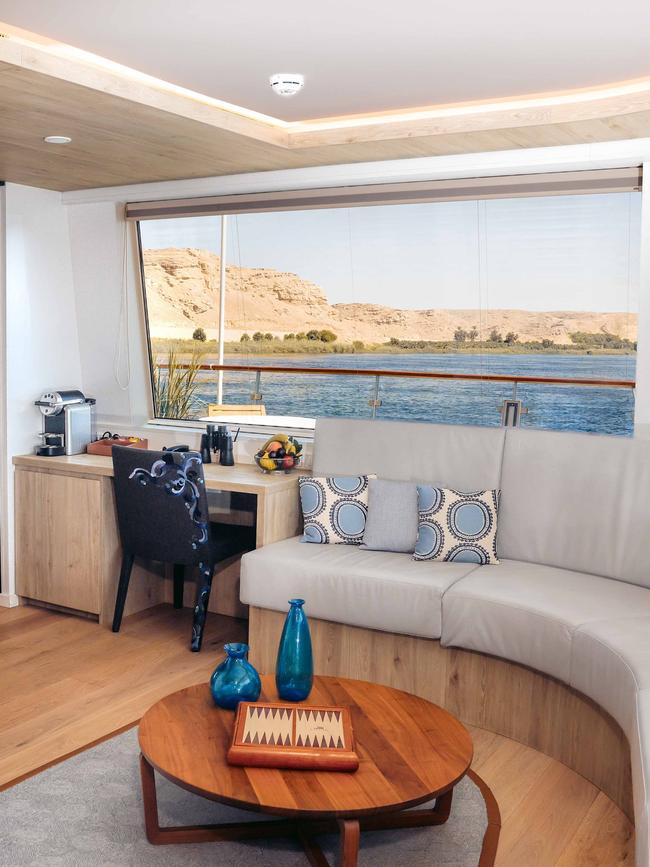
And so the days progress, in a heady swirl of temple visits, sumptuous meals and meditative moments watching life unfold on the Nile. As we sail towards Aswan, high-spirited children wave from the shore and banana and palm plantations come into sight. At one point, a few bold touts hook their boats to ours to sell their wares, but the vigilant crew cuts their ropes loose. While no one is hostile, some local vendors are curious, cheeky and aggressive as we walk the market gauntlet surrounding most sites. I chuckle at a shopfront sign that promises “No hassle”.
At the well-preserved Dendera Temple, I’m floored by the ceiling decorations, whose vivid pigments, intricate reliefs and celestial depictions are believed to be the world’s earliest horoscope. I thank my lucky stars for being able to witness such stunning preservation work. One morning, the early call to prayer from a mosque wakes me. We subsequently explore the town of Esna, where goats wander in the narrow streets and men proffer large trays of oven-fresh aish baladi, or flatbread, along with koshari, Egypt’s national dish and street-food mainstay of rice, lentils and pasta. The local tailor sews jalabiyas at a rusty Singer machine, weavers strum away on colourful looms and another artisan mans an old-school press for linseed, sesame and argan oil.
The southern city of Aswan – located at the first cataract or rapids of the Nile – overflows with notable stops, too. Among them are the Unfinished Obelisk, and the High Dam. Some guests opt to take a short flight to Abu Simbel, Ramses II’s big statement temple, but I hop on a tranquil felucca and drift past the Old Cataract Hotel, where Agatha Christie penned Death on the Nile. We visit the island with the Philae temple complex, and scout a nearby Nubian village, with whitewashed walls, electric-blue doors and an enterprising vendor cradling a baby crocodile for the edification of camera-wielding tourists.
On the return to Cairo, we make a final stop at Kom Ombo, whose mummified crocodiles stop me in my tracks. The temple was dedicated to the crocodile-headed god Sobek and to the falcon-headed god Horus. He and his mother Isis are among the most important deities, along with his father Osiris, god of the underworld, overseeing life, death and the afterlife. The ancient Egyptians believed in being reborn indefinitely, so it’s altogether fitting that their culture endures. I give praise to our ship’s namesake for an enthralling and intensely moving journey, one many of the passengers describe as the trip of a lifetime as we make our goodbyes. Perhaps we will meet again if Osiris grants us a second time around.
The writer was a guest of Viking. The cruise line’s 12-day Pharaohs & Pyramids voyage sails the Nile on its purpose-designed ships. vikingrivercruises.com.au




To join the conversation, please log in. Don't have an account? Register
Join the conversation, you are commenting as Logout